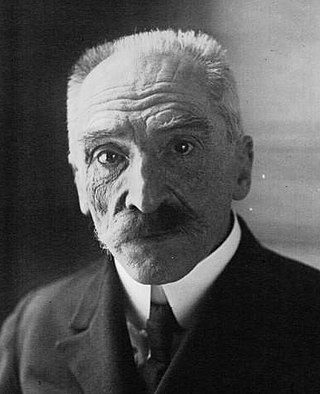Related Research Articles

1626 (MDCXXVI) was a common year starting on Thursday of the Gregorian calendar and a common year starting on Sunday of the Julian calendar, the 1626th year of the Common Era (CE) and Anno Domini (AD) designations, the 626th year of the 2nd millennium, the 26th year of the 17th century, and the 7th year of the 1620s decade. As of the start of 1626, the Gregorian calendar was 10 days ahead of the Julian calendar, which remained in localized use until 1923.

1697 (MDCXCVII) was a common year starting on Tuesday of the Gregorian calendar and a common year starting on Friday of the Julian calendar, the 1697th year of the Common Era (CE) and Anno Domini (AD) designations, the 697th year of the 2nd millennium, the 97th year of the 17th century, and the 8th year of the 1690s decade. As of the start of 1697, the Gregorian calendar was 10 days ahead of the Julian calendar, which remained in localized use until 1923.

1704 (MDCCIV) was a leap year starting on Tuesday of the Gregorian calendar and a leap year starting on Saturday of the Julian calendar, the 1704th year of the Common Era (CE) and Anno Domini (AD) designations, the 704th year of the 2nd millennium, the 4th year of the 18th century, and the 5th year of the 1700s decade. As of the start of 1704, the Gregorian calendar was 11 days ahead of the Julian calendar, which remained in localized use until 1923.

François Charles Mauriac was a French novelist, dramatist, critic, poet, and journalist, a member of the Académie française, and laureate of the Nobel Prize in Literature (1952). He was awarded the Grand Cross of the Légion d'honneur in 1958.
This article contains information about the literary events and publications of 1697.
This article contains information about the literary events and publications of 1687.
This article contains information about the literary events and publications of 1639.
This article contains information about the literary events and publications of 1626.

Édouard Estaunié was a French novelist. Estaunié trained as a scientist and engineer, working at the Post and Telegraph service and training further in Holland, before turning to the novel in 1891. In 1904, he devised the word "telecommunication" in his Traité pratique de télécommunication électrique. He was elected to the Académie française in 1923. He was also a reviewer, critic, and homme de lettres as well as a novelist.
The Montyon Prize is a series of prizes awarded annually by the French Academy of Sciences and the Académie française. They are endowed by the French benefactor Baron de Montyon.
Tuamotuan, Paʻumotu or Paumotu is a Polynesian language spoken by 4,000 people in the Tuamotu archipelago, with an additional 2,000 speakers in Tahiti.
Mangareva, Mangarevan is a Polynesian language spoken by about 600 people in the Gambier Islands of French Polynesia and by Mangarevians emigrants on the islands of Tahiti and Moorea, located 1,650 kilometres (1,030 mi) to the North-West of the Gambier Islands.
The decade of the 1690s in archaeology involved some significant events.
The decade of the 1700s in archaeology involved some significant events.
Jacques Louis Valon, Marquis de Mimeure was a French soldier and poet.

François Jean de Beauvoir, Marquis de Chastellux, was a military officer who served during the War of American Independence as a major general in the French expeditionary forces led by general Comte de Rochambeau. Being on general Rochambeau's staff for the duration of the war, Chastellux acted as the principal liaison officer between the French commander in chief and George Washington.
Jean-François de Chamillart was a French churchman. The brother of the contrôleur général des finances Michel de Chamillart, Jean-François served as the abbot of the Fontgombault Abbey, and of Baume-les-Messieurs Abbey, as count and bishop of Dol (1692-1702), and then as bishop of Senlis (1702–14).
Jean Baudoin (1590–1650), born in the Vivarais region, was a French translator, notable as the first French translator of Torquato Tasso's La Gerusalemme liberata and as an early member of the Académie française, to which he was elected before 13 March 1634. He died of hunger and cold in 1650, and was succeeded at the Académie by François Charpentier.
Etienne Fouilloux is a French university teacher primarily interested in the history of tensions within the twentieth century French Roman Catholic Church and the contemporary publication of works of Christian antiquity.
The Sceptre was a First Rank ship of the line of the French Royal Navy, the lead vessel in the two-ship Sceptre Class.
References
- ↑ Earle, Pearl (2004). The Last Fight of the Revenge. Methuen. p. 159. ISBN 0-413-77484-8.
- ↑ "François Charpentier". www.academie-francaise.fr (in French). Académie française. Retrieved 2017-06-14.
- ↑ "Earth Mysteries: John Aubrey (1626-1697)". www.britannia.com. Archived from the original on 2016-10-24. Retrieved 2017-06-04.